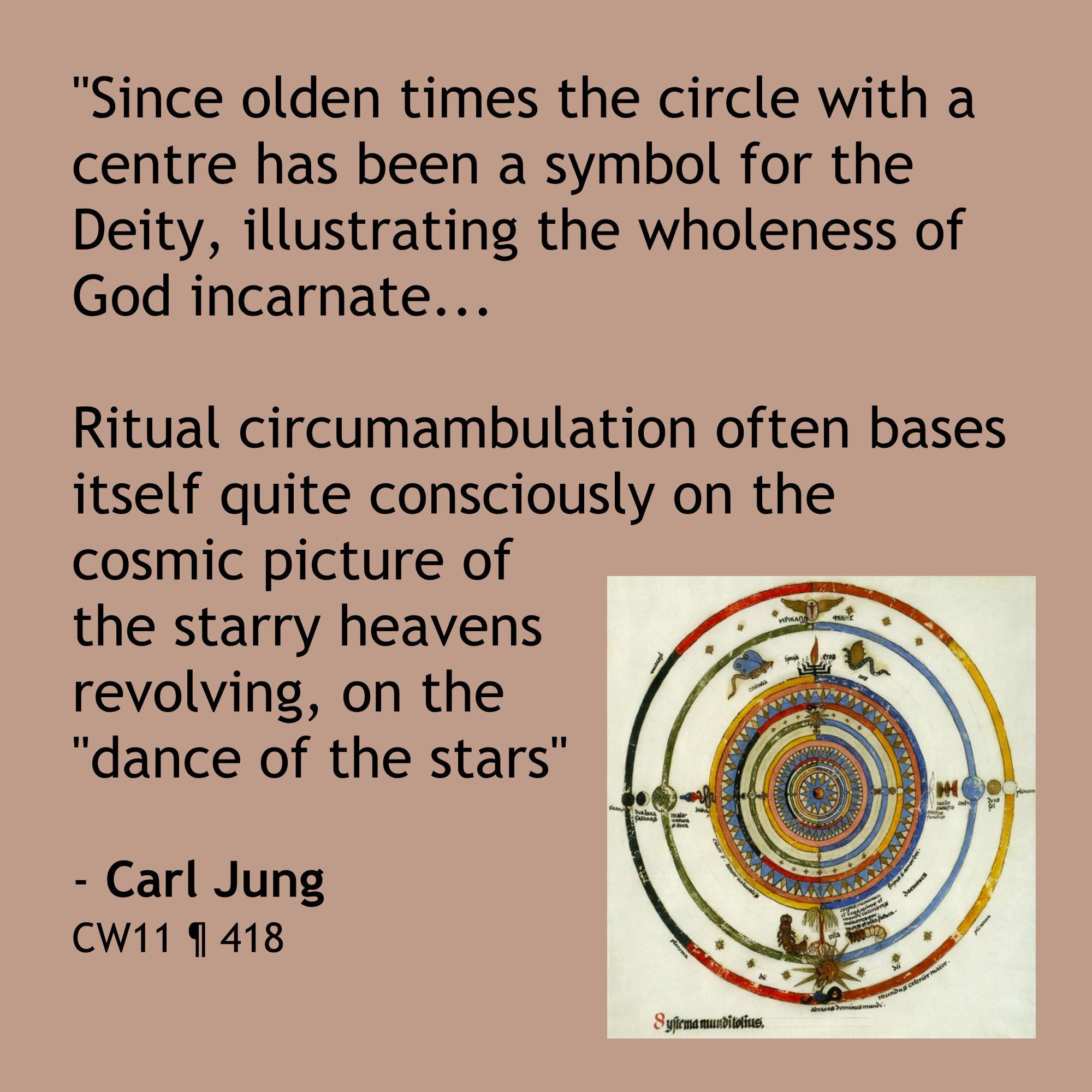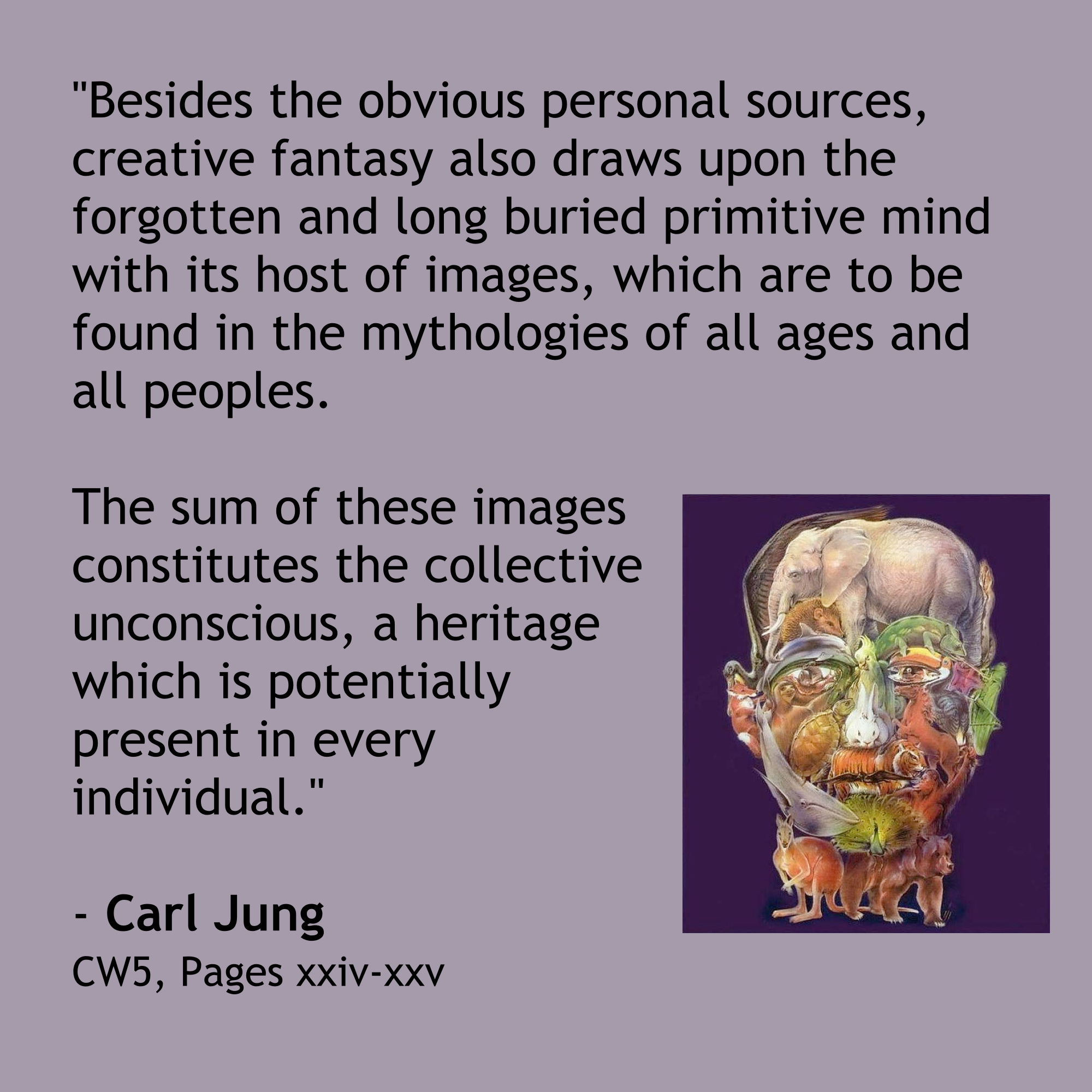Carl Jung and Jungian Psychology
83 readers
1 users here now
Welcome all! This is a community for discussion of the life and work of Carl Jung, and all things Jungian.
"Community gives us warmth, singleness gives us light." - Red Book
founded 2 years ago
MODERATORS
1
3
4
5
6
7
8
9
10
11
12
13
14









